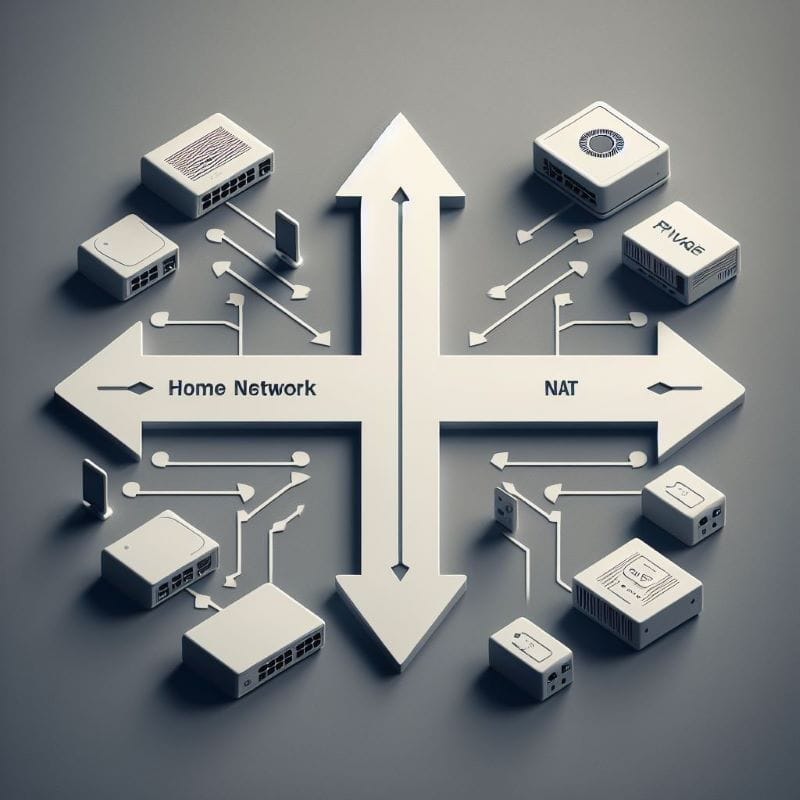What is Network Address Translation (NAT)

Network Address Translation (NAT) is a key method used in networks. It changes the address information in IP packets as they move through a device like a router. This technique allows multiple devices on a local network to be assigned to a single public IP address. NAT is very critical in the conservation of global IP addresses because it allows the use of unregistered IP addresses for internal use of private networks and turns them into legal addresses for internet communication.
Let’s have a detailed look at how Network Address Translation works and its types!
How Does Network Address Translation Work?
NAT modifies your IP address information in packet headers as they pass through a router or firewall. When a data packet from a device in a private network gets to a router that uses NAT, the original private IP address in the packet is replaced with the router's public IP address before the packet is sent out to the internet.
The same thing will also be applied to inbound traffic. The destination address for the IP (the public IP of the router) will be replaced with the private address of the target device within the local network.
This allows internet communication from any of the devices within a private network, sharing one or a few public IP addresses. In other words, this is very useful since it allows IPv4 addresses to be exhausted very rapidly. This method lets all devices on a private network use one or just a few public IP addresses to connect to the internet. This is really helpful because there aren't many IPv4 addresses available.
Types of Network Address Translation
Here are the three types of Network Address Translation:
Static Network Address Translation (Static NAT)
Static NAT links one private IP address with one public IP address. It's often used for devices like web or mail servers that need a static internet address. Static NAT makes sure these devices can be accessed from outside the network using the same public IP.
Dynamic Network Address Translation (Dynamic NAT)
Dynamic NAT doesn't connect a public IP to a private one. Instead, it gives a device a public IP from a pool when needed. If the device goes offline, that public IP goes back into the pool. It's great for networks where not every device is always online.
Port Address Translation (PAT)
Also called NAT overload, PAT lets many devices on a local network share one public IP address. It does this by using different port numbers for each device's internet sessions. PAT is very efficient and is the go-to method for allowing lots of devices to connect to the internet using just one IP address.




